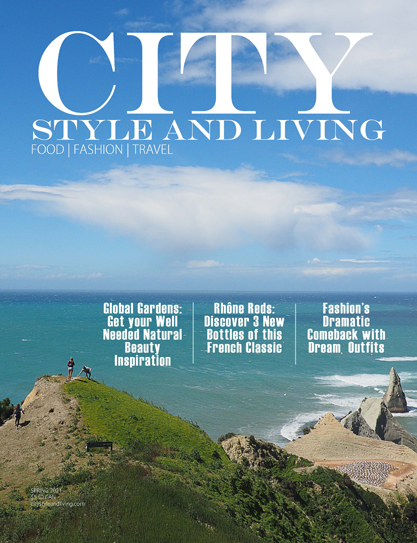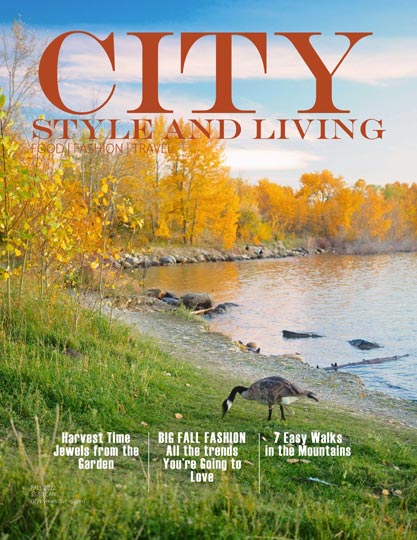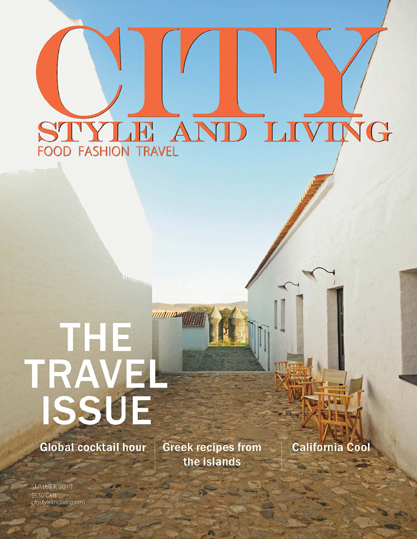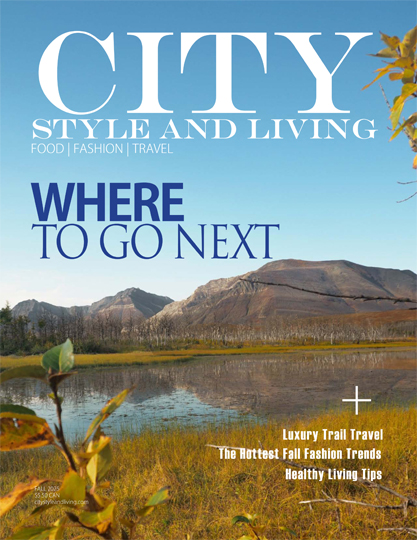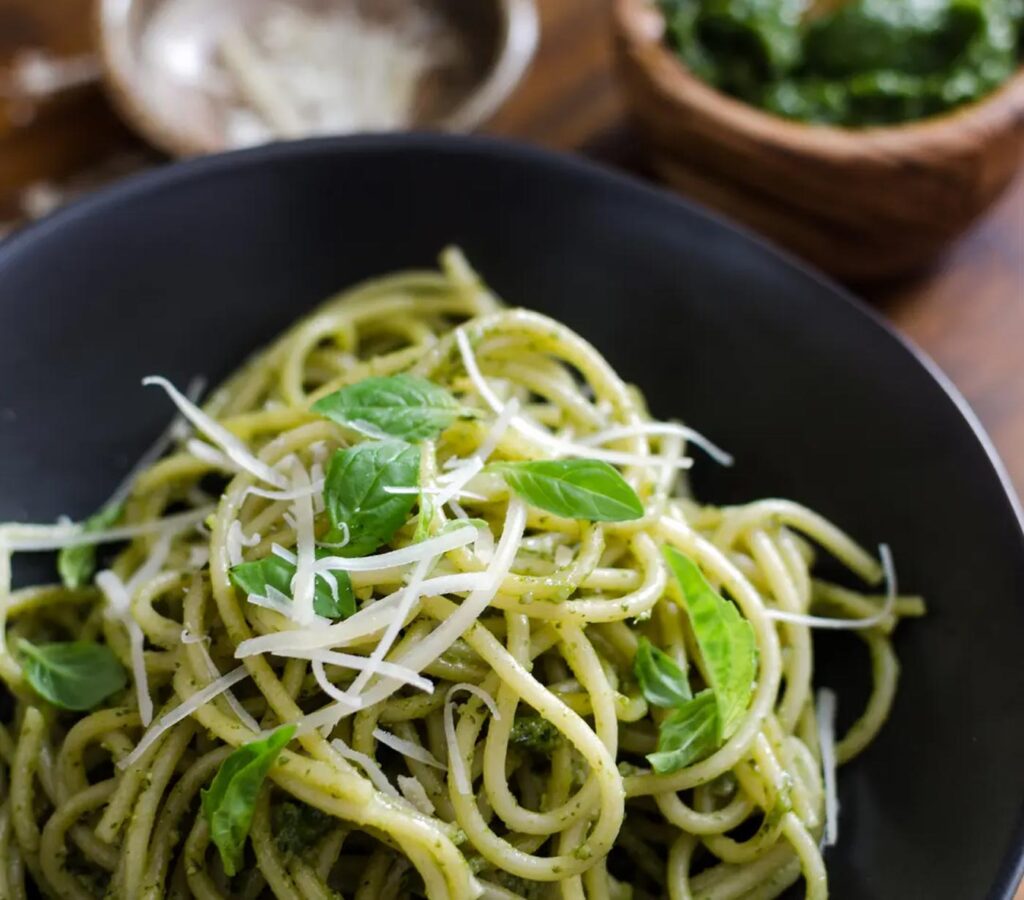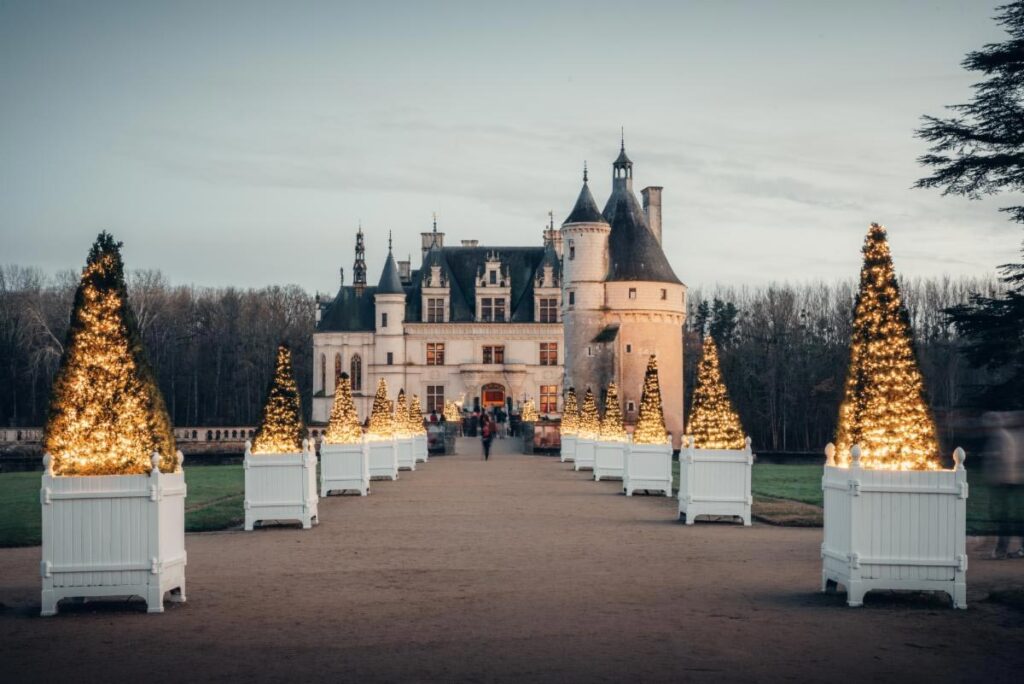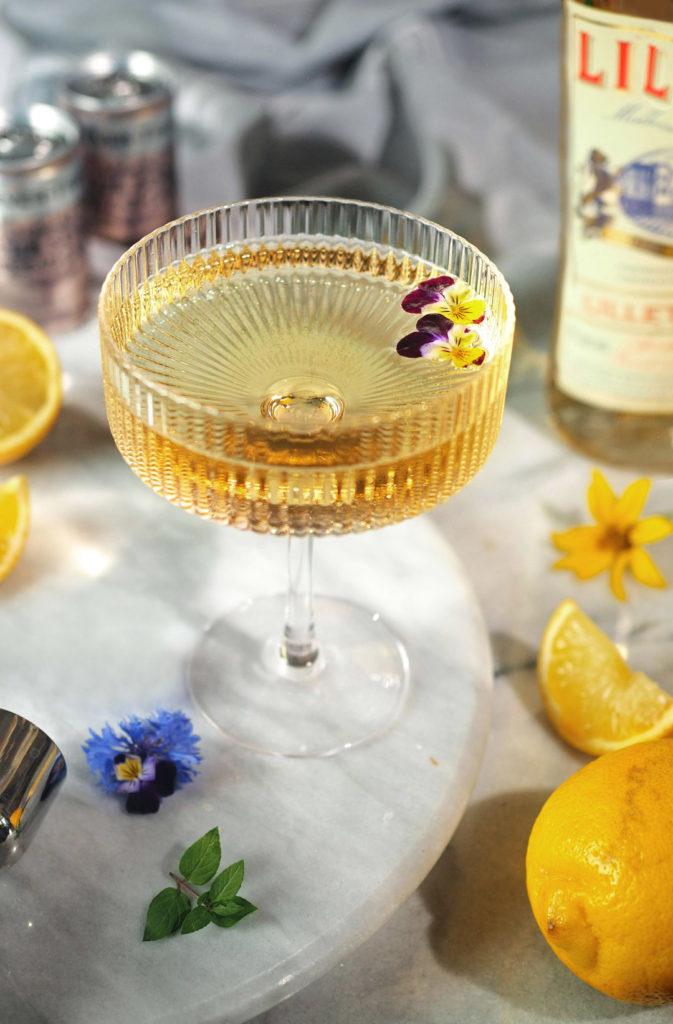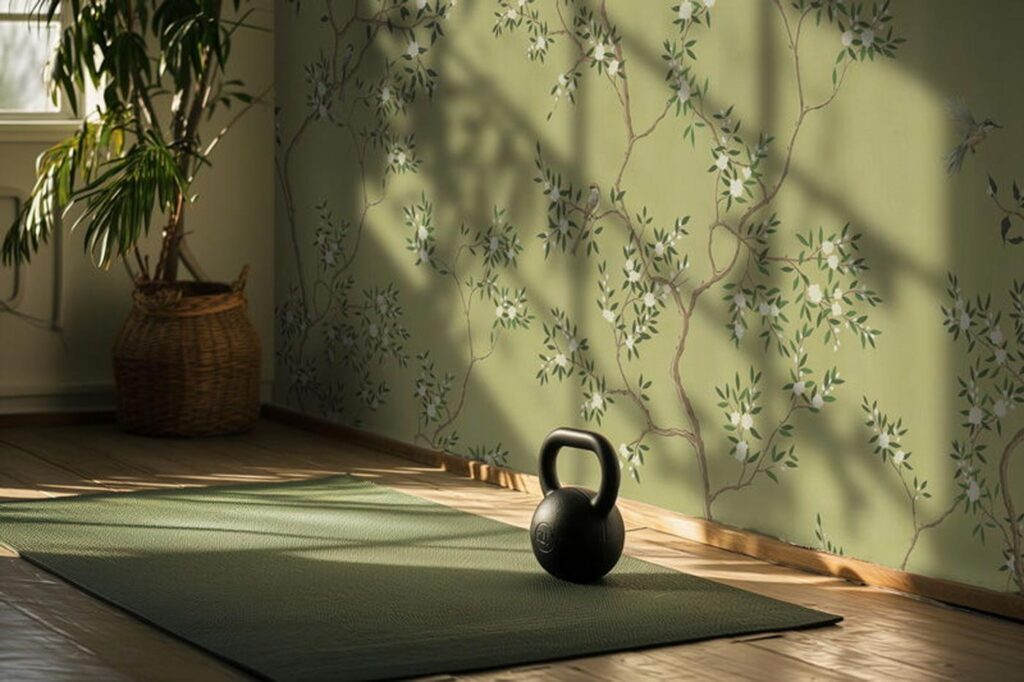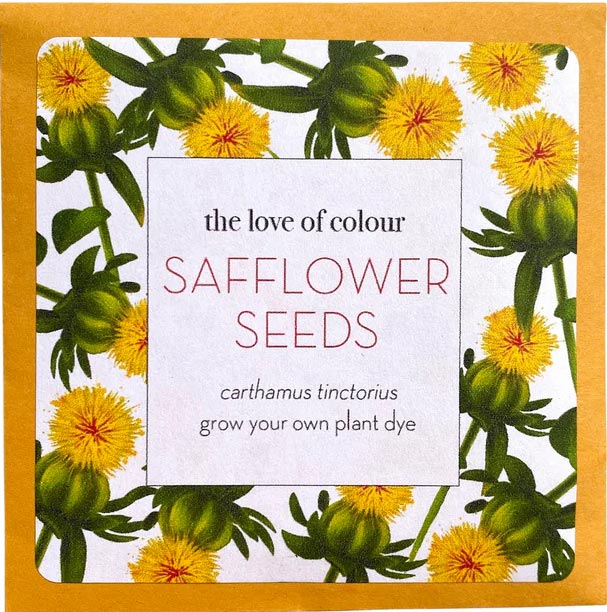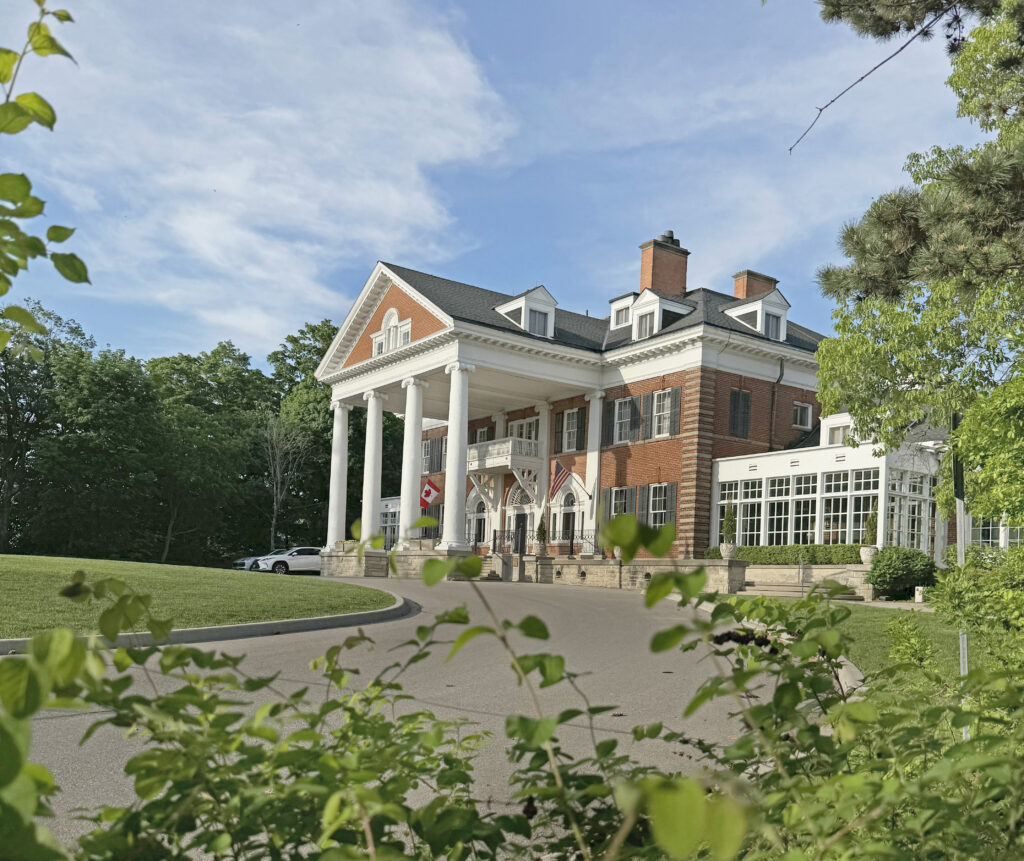
Thin green spears emerge proud of the soil like toy soldiers in alignment. The asparagus, the last of the spring crop in the impeccable kitchen gardens at Langdon Hall, are a reminder that seasons, especially in the Canadian climate, are fleeting. Too small and woody at this time of year, they will not appear on tonight’s menu. Only the best will suffice.
A diamond anniversary, marks a decade-long journey for executive chef Chef Jason Bangerter who is as synonymous with the country house hotel as the Revival-style edifice itself. His training in European Michelin kitchens, adheres to classic techniques, meticulous presentation, and a touch of playfulness, as showcased on tonight’s discovery menu.
A moss-covered tree stump holds two amuse bouche: a singular disk of crunchy tapioca permeated with the sharpness of Parmesan and the floral notes of fresh cracked pepper – a clever reinvention of one of the chefs’ favourite pasta dishes, caccio e peppe. The second, a circle of compressed watermelon, topped with herb gel, refreshes the palate. The proceeding dishes show restraint, allowing ingredients to shine: white velouté adorned with a quenelle of inky sustainable Canadian sturgeon caviar; tomato water beurre blanc and anise delicately balanced against sweet dices of East Coast lobster, a nod to summers spent with the chefs’ family; and caramelized sheets of a mille feuille that shatter against silky chocolate crémeux, made with proprietary chocolate blend.

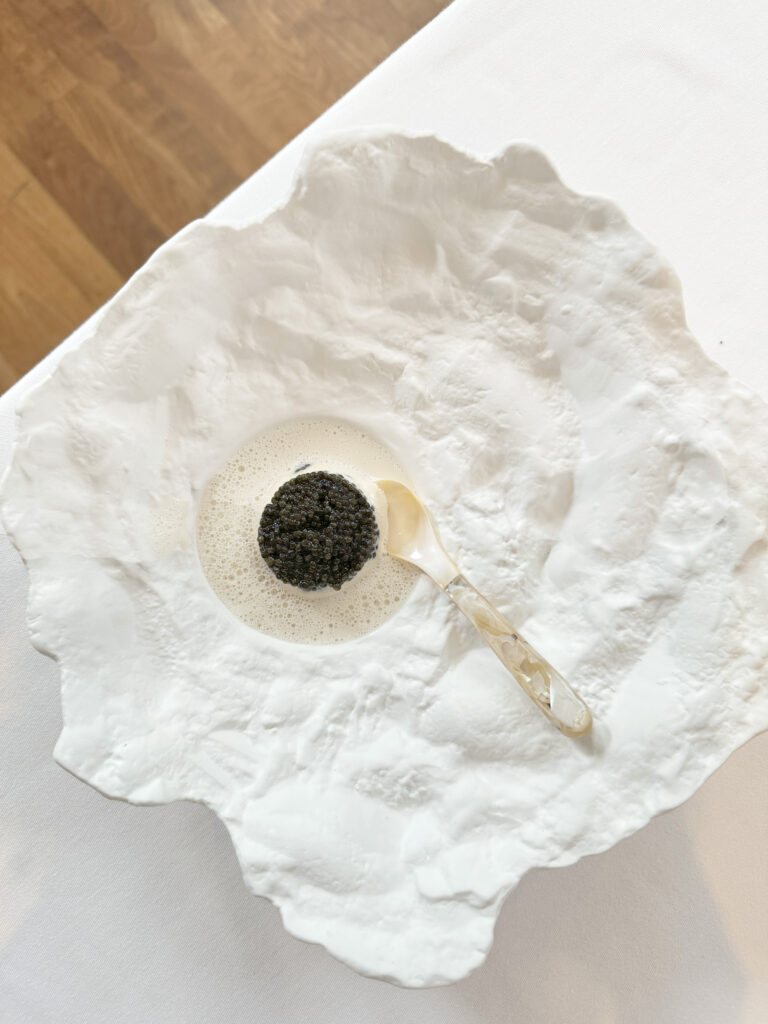
Bangerter’s steadfast dedication, consistency and thoughtfulness to detail, has deservedly made the property’s restaurant one of the best in Canada, with numerous accolades including Canadian representative at the Relais & Chateaux World Culinary Council. “For me, cooking was always family time, and hanging out. It was not stressful – not work, not school. It finally clicked for me and I never looked back. So, I’ve been doing what I love for the last 30 years,” he says, joyfully.

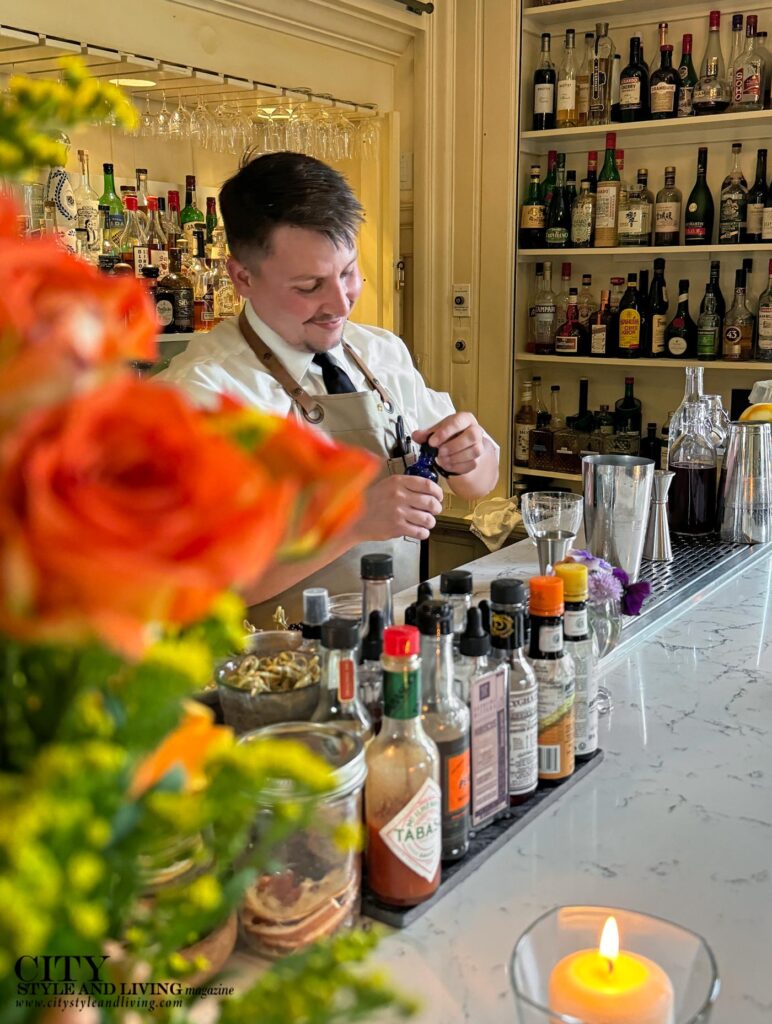
This commitment is shared – young staff are impressively polite – and polished service is reminiscent of hospitality’s finest heyday. “I came here and realized I couldn’t do it all myself. I need to train people and delegate and trust. I’ve been maturing as a leader over the last 18 years. I realized it could all be gone tomorrow. So that’s where my focus is, not just for myself, but for my team,” says Bangerter.
“The country house elicits both celebration and solace, a feeling of healing only nature can provide, an amalgam of the cocooning embrace of the Carolinian forest, and its lush gardens.”
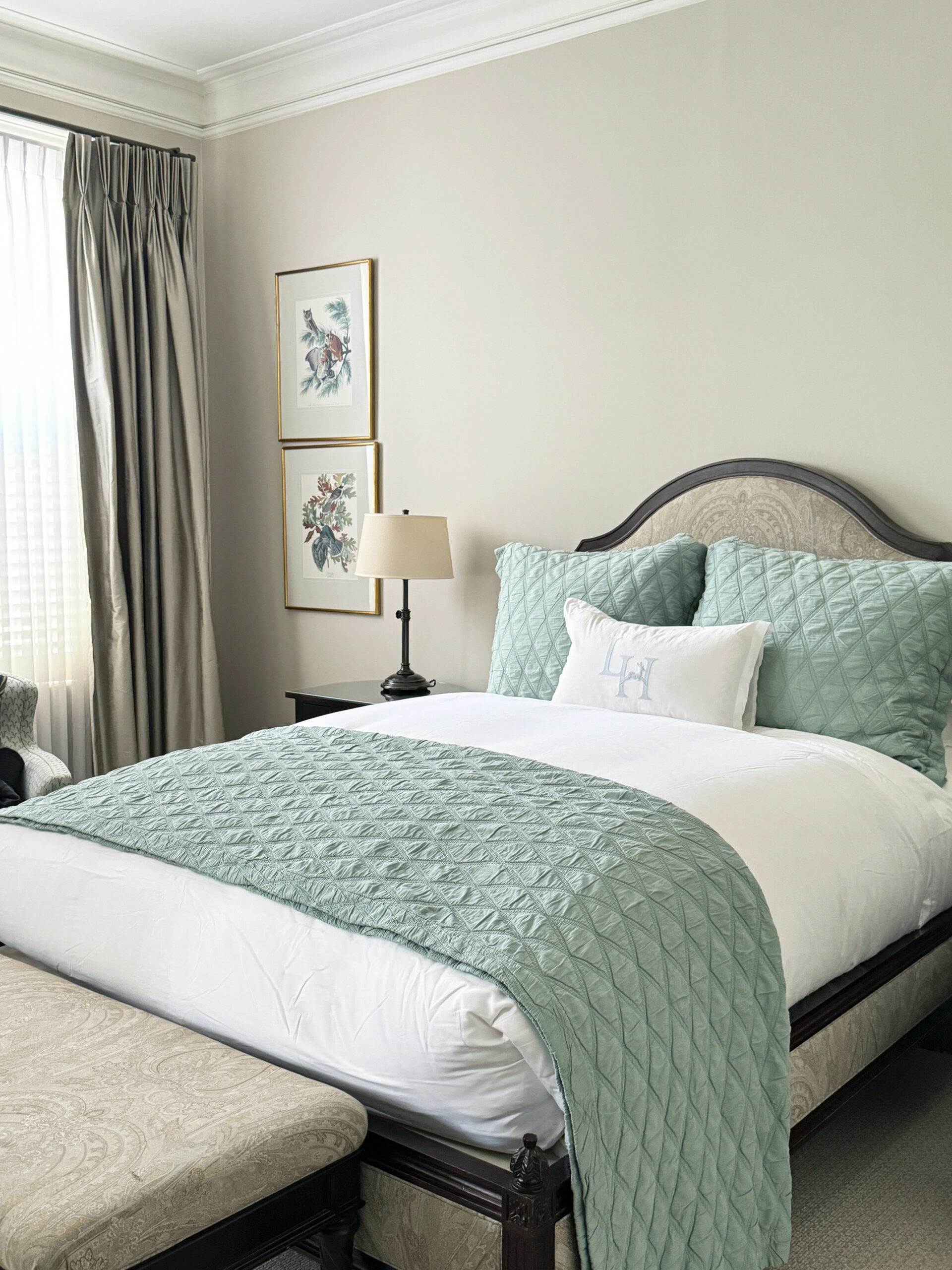

Nothing here is done by half measures, even breakfast is a feast, with both buffet and a la carte options and a carousel of standouts like thick wedges of luscious vegetable quiche, enormous croissants and plated dishes like the baveuse scrambled eggs and lobster and the coddled egg in verdant sweet pea velouté. Lunch in the courtyard beneath a sculptural Camperdown Elm tree is relaxed. “We’ve redeveloped the whole lunch experience to be much more casual and approachable to really draw in locals,” he adds.
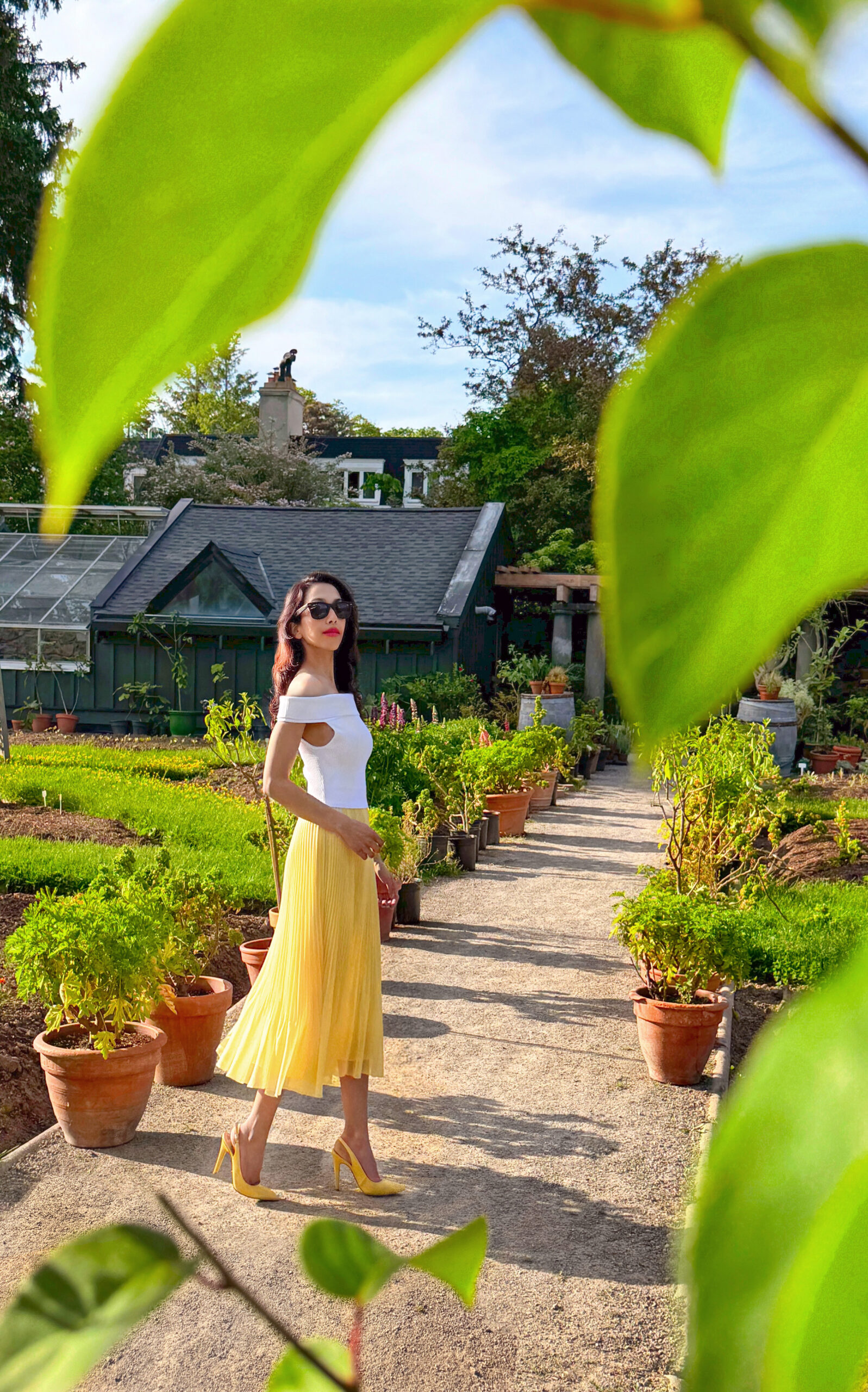
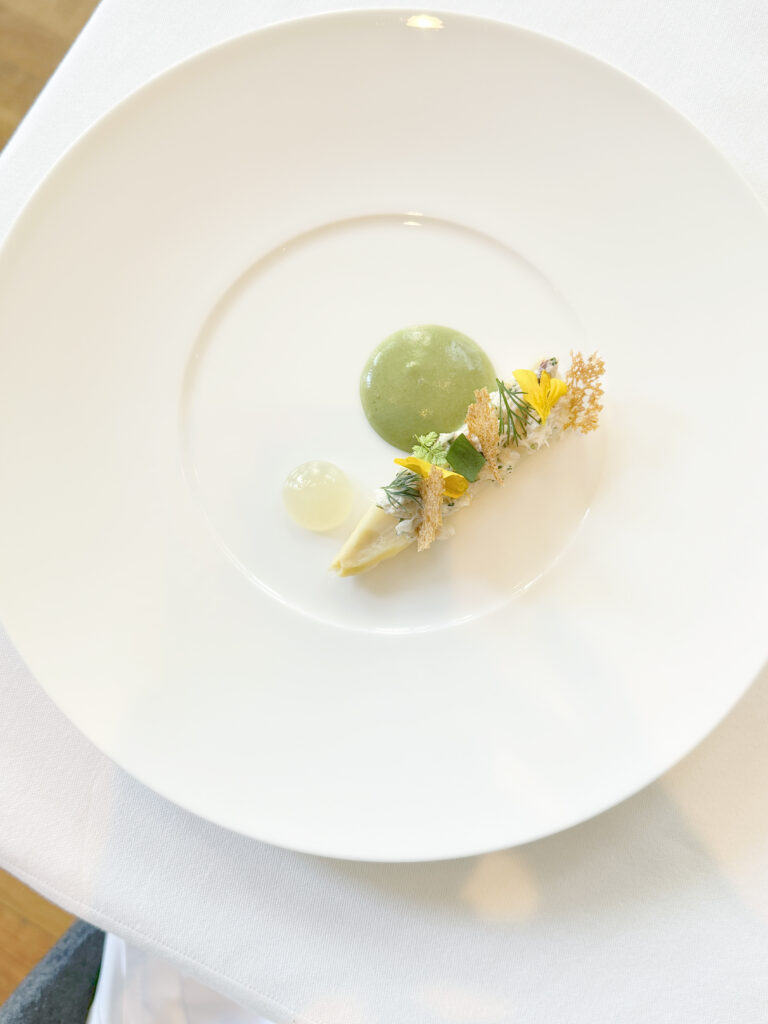
One day, as I sit in the lobby of the spa before going for a Thai hot massage, I notice a mother and her pregnant daughter taking selfies before going to the pool bar for afternoon bites, to mark the special occasion. Minutes later, a reunion of girlfriends grieving one of life’s unexpected moments, perhaps yearning for a glimmer of hope that only a shiny pink manicure and company of friends could bring. It strikes me that the country house elicits both celebration and solace, a feeling of healing only nature can provide, an amalgam of the cocooning embrace of the Carolinian forest, and its lush gardens.
Head gardener Jeremy Gehl, tells me the gardens were designed by the father of landscape architecture, Frederick Law Olmsted, chief architect of Central Park whose design touchstones included spaces that bring natural features to the fore, emphasize the whole rather than fixating on individual details, and, importantly, work on the unconscious to induce relaxation. On the edge of summer, this aesthetic wonderland bursts with life from every corner – sweet scented fuchsia prairie roses wave in the wind, the bright yellow stamens of white powder puff peonies provide a landing pad for bees, and dwarf Korean lilac attract lolling swallowtails. While potted citrus is just emerging from dormancy near the now empty greenhouse, alliums and dogwoods, haskaps and raspberries are beginning to flourish.
It’s hard to imagine that when owners William Bennett and Mary Beaton first encountered what had been a tranquil getaway in the 19th century, they instead found a “neglected and unloved” overgrown house and land. Over its thirty-year odyssey, Langdon Hall is no longer a mere escape, but a sanctuary. Year upon year, season after season, there is an intangible alchemy that endures amongst the food, people, design and place. A restorative refuge, worthy of a constellation of stars.
This original article first appeared in the FALL 2024 issue of City Style and Living Magazine.
Get More Inspiration
from City Style and Living
